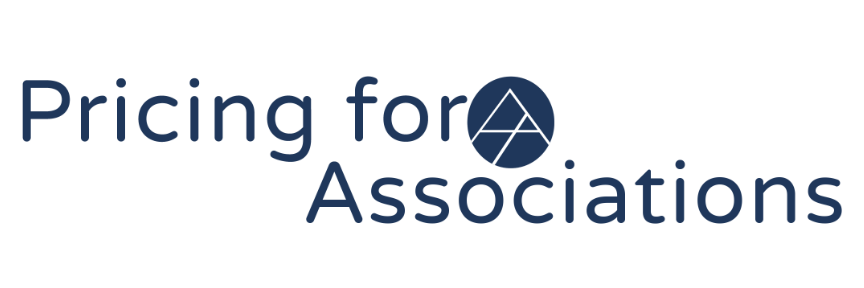Here’s a Big Idea: Innovation Can be Small
Let’s make a bet. I bet that if you pull any association’s job posting for a leadership opening, you will find the word “innovation” at least half the time, either as a requirement of the type of person or a descriptor of where the organization is going. I also would bet that if you walk into most associations and ask their team the last time they innovated, they would have to think about it and wouldn’t be able to name more than one innovation in the past year.
With the push for associations to innovate and think more like businesses to maintain relevance long-term, there seems to be a gap in how associations see innovation.
Here’s my final bet: If you asked an association leader what innovation is, I bet they would describe a strategic initiative that would drastically change or evolve their offerings or operations.
This is not the only way to define, measure or think of innovation. I want to invite you to the real world of innovation: small-sized innovation.
Rather than think of innovation only as large, shiny new projects, think of it as any change that moves the needle toward your goals. Here are three examples of small-sized innovations we’ve implemented in 2019 at the Professional Pricing Society. These changes took small amounts of staff time, funding and resources:
Member newsletter: Each month, we would email our members that the newsletter was ready for them to view in their portal electronically, but the conversion of users logging in was not as high as we would like and we received feedback that they would prefer we attach the newsletter directly to the email. While we were nervous they might share the newsletter with non-members, we realized they could download the PDF and share it regardless, so why not embrace this potential marketing and give our members what they want? Now, instead of an alert to login with a link to the member portal, we email them a link to view the newsletter directly without login. This turned a 4-click login process into a 1-click viewing process and made our members much happier.
Transcriptions: As a global organization, we receive a few requests annually for our online courses to be offered in other languages. While that could be a large, costly project, we determined a quicker, more efficient way to meet our member needs after talking with them directly. Nearly every request or agreed a transcription of the online course would be sufficient as they could run it through Google Translate to follow along. To get the transcriptions, we used an artificial intelligence program that cost 10 cents per minute of audio with 99% accuracy to transcribe with timestamps. We uploaded each course individually and within ten minutes, each one had a transcription we could upload as a Word document into our LMS for immediate availability. A bonus win: this advanced our online accessibility, too.
Membership value: In addition to our current member benefits, one goal we had was to include a monthly new learning opportunity for all members across the skills needed in the industry we serve so tat they can see an increase in the ROI of their membership and increase member portal logins to increase engagement with other member offerings and retention. Originally, we were mapping a new series that would take a lot of time every month. After some consideration, we decided instead to invest in a videographer to record our keynotes at our two main annual conferences. Across these, we have 16 keynotes, so we can afford to throw out any that don’t perform well or save one or two for free content marketing while still retaining 12 for our monthly offerings each year. The two-time recording and editing costs were much lower than doing new content each month, so we essentially exported the content creation as our keynote speakers were already presenting rather than having staff make new content, and it added an additional benefit because it showed members who didn’t come to the conference what they were missing.
As we focus on these types of small-sized innovation, we are able to more clearly articulate to our president, board and members many innovative wins each year rather than placing all of our innovation eggs in one large basket. As a result, staff morale is higher, we find ourselves more open to large and small change, and we tackle bigger innovation projects with confidence and enthusiasm because our small wins have built us up.


